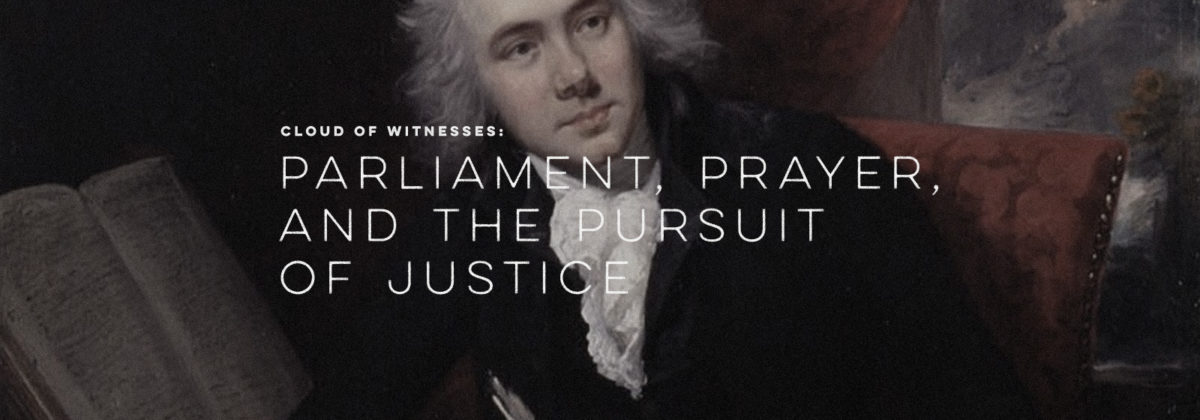On Tuesday I posted a blog outlining C.S. Lewis’ argument regarding church liturgy from the first chapter of his book, Letters to Malcolm. The argument runs like this: the liturgy we use on Sunday mornings should remain fixed from week to week, because novelty leads to entertainment. We do not go to church to be entertained but to use the service in order to pray to and worship God. Therefore, the liturgy should remain fixed, because the liturgy can best be used to pray and worship when, through long familiarity, we don’t have to think about it anymore: “As long as you notice, and have to count, the steps, you are not yet dancing, but only learning to dance.”
Now, before I affirm what I like about Lewis’ argument, I must say that I do not think Lewis is outlawing variety. While people often critique the Anglican liturgy for being robotic and repetitive, there are many aspects of a service that change from week to week. There is a different call to worship, different songs and hymns, different readings (both Old and New Testament), a different Collect for each week of the church year, and different intercessory prayers depending on what is happening in the community and in the world. Furthermore, some of the newer Anglican rites like Common Worship have given us various possibilities for other elements in the liturgy that can be used during different seasons of the church calendar.
That being said, the majority of the service does remain fixed across time and place. However, I am with C.S. Lewis in thinking that this is not a negative quality of the Anglican tradition, but is in fact one of its strengths. I think this will be easily illustrated if we return to the two major problems Lewis has with novelty in the service.
First, he argues that novelty fixes our attention on the service itself, causing us to think about worshipping rather than actually worshipping. Think about the songs that you love singing the most – whether they are hymns that you belt out at church or the songs on the radio that you turn up to ten and sing at the top of your lungs as you drive down the highway. In both instances, they are songs that, through long familiarity, we no longer have to think about singing. They have become a part of us. We’re no longer thinking about what lyrics comes next, but we’re using the songs to voice something that we otherwise might not be able to.
By saying the same words and praying the same prayers week in and week out, they make their way into us in a way that a constantly changing liturgy never will.
As someone who leads people in singing at church most weeks, it’s immediately evident which songs have made their way into the hearts and minds of those in the congregation. They don’t have to be the newest and hippest songs. In fact more often than not, they are the old standards: the “Come Thou Founts” and the “In Christ Alones” of our song books. They’re songs where their words have become familiar enough that people can use them for their intended purpose: to praise God. I would argue that familiarity with the liturgy breeds this same kind of transparent usage. By saying the same words and praying the same prayers week in and week out, they make their way into us in a way that a constantly changing liturgy never will.
Lewis’ second criticism of novelty is that it can cause us to fix our attention not even on the service, but on the one leading the service – the pastor or preacher or music leader. One could too quickly jump to the conclusion that these leaders must be trying to draw attention to themselves, or must be trying to impress the congregation with their brilliance. While there might be some of that going on, I think the majority of the time, those who are leading services make changes and try new things in order to present the truths of the gospel in a fresh and exciting way.
The problem with this, however, is that it’s exhausting. It’s fed by, and itself perpetuates, a consumerist, ‘entertain me!’ sort of attitude towards church. It’s not what we consume that shapes us. It’s the fact that we’re consuming that shapes us. The reality is that all churches have a liturgy. But are we sufficiently aware of how our liturgy is shaping us? Are we aware of what it is teaching us to love?
By way of closing, I want to offer a personal testimony – not my own, but that of a dear friend. After the first part of this blog went up on Tuesday, this friend sent me a message. She had read the blog and said that she had done a fair bit of thinking on this very topic over the last year-and-a-half. What you need to know about this friend is that her husband passed away last fall after a short and painful battle with cancer. She began her message by telling me a story about her border collie. Years ago, when she had taken him to obedience classes, the trainer told her that the dog learns to rely on his master and respond to her commands. So, when he is confused or frightened, he can fall back on the discipline. She said that this is how she has come to think about our liturgy. This last year-and-a-half has left her many times in such low places that she doesn’t even know how to gather her thoughts, much less pray them. So, she says, “I fall back on the discipline: the cadence and eloquence of the centuries-old liturgy calms me and gives me a place to start.”
I believe that that is the power and significance of good liturgy. It shapes us. It gives us words to speak when we have none ourselves. And through long familiarity, once the words have saturated our hearts and our minds, we will realize that it’s never been about the words. It has the whole time been about focusing our eyes on the dead, risen and ascended Lord Jesus.




